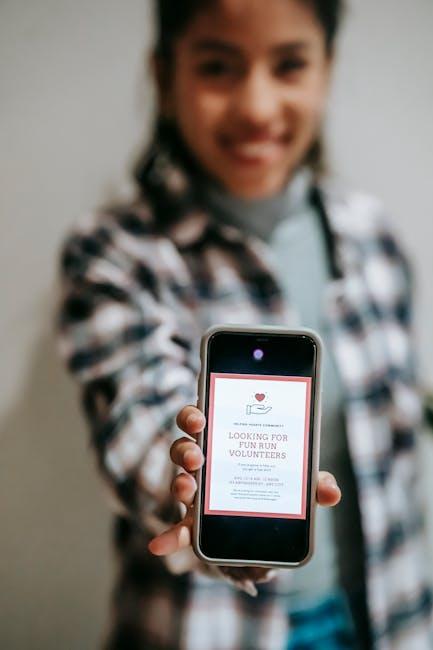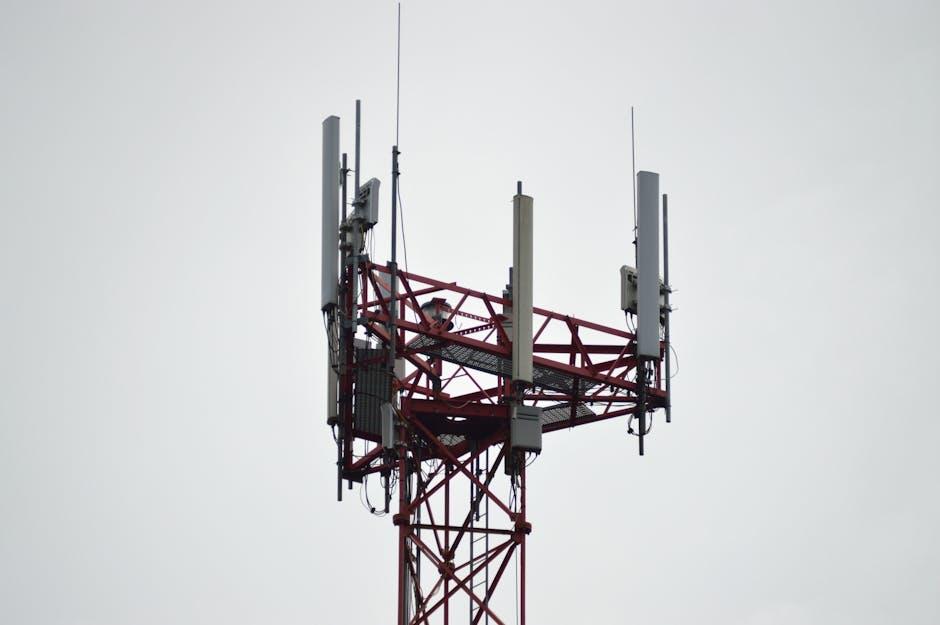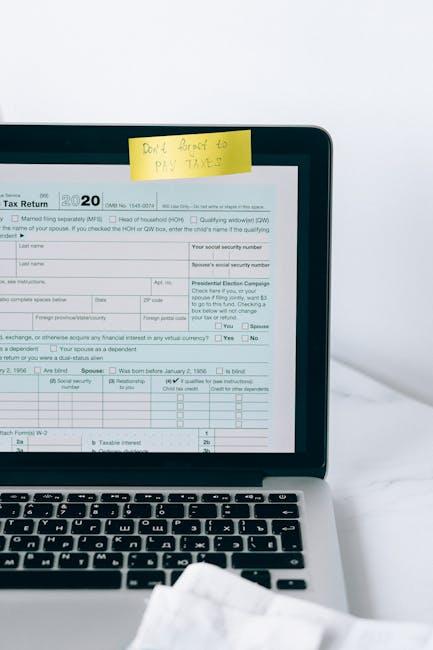In the ever-evolving tapestry of city life, mobile technology weaves an invisible thread that connects every corner, street, and skyline. From the morning rush to the twilight hours, our smartphones, apps, and wireless networks silently orchestrate the rhythms of urban living. As cities grow smarter and more interconnected, mobile tech emerges not just as a tool but as a transformative force-reshaping how we navigate, communicate, work, and unwind. This article explores the profound ways in which mobile technology is redefining the urban experience, blending convenience with complexity in the heart of our bustling metropolises.
The integration of mobile technology in public transportation systems

Mobile technology has revolutionized the way commuters interact with public transportation, transforming it into a seamless experience marked by convenience and efficiency. With just a smartphone, riders can access real-time updates, purchase tickets digitally, and even plan multi-modal journeys without ever needing to consult a paper schedule. This integration not only reduces wait times but also minimizes the frustration associated with delays, empowering passengers with precise information at their fingertips. Features like GPS-enabled tracking and push notifications keep users informed, making urban mobility smarter and more responsive to daily fluctuations.
Beyond individual convenience, mobile technology generates valuable data that helps transit authorities optimize routes and schedules, adapt to peak hours, and enhance overall service quality. Some key benefits include:
- Dynamic route adjustments based on live traffic conditions
- Cashless payments promoting faster boarding and safety
- Accessibility features like voice commands and real-time assistance for differently-abled travelers
| Feature | Benefit |
|---|---|
| Real-time tracking | Reduces wait times |
| Mobile ticketing | Faster boarding |
| Route planner apps | Customized journeys |
Enhancing urban safety through mobile connectivity and real-time data

Urban environments are becoming safer and more responsive thanks to the synergy between mobile connectivity and real-time data analytics. Citizens now carry powerful sensors in their pockets-in the form of smartphones-that continuously collect and transmit vital information. This seamless flow of data empowers city authorities to detect and react swiftly to emergencies, from traffic accidents to public disturbances. Immediate alerts, crowd monitoring, and dynamic resource allocation are just a few examples of how data-driven insight transforms traditional urban safety measures into proactive strategies.
Consider the multifaceted benefits mobile technology offers at a glance:
- Enhanced Emergency Response: First responders receive instant updates on incident locations and severity, enabling faster and more precise action.
- Community Engagement: Residents contribute reports and feedback directly through apps, fostering a collaborative safety ecosystem.
- Predictive Analytics: AI-powered tools analyze patterns and forecast potential risk zones, allowing preemptive measures.
| Mobile Safety Feature | Key Benefit | Example |
|---|---|---|
| Real-time Alerts | Faster public warnings | Instant evacuation notices |
| Geo-location Tracking | Accurate incident mapping | Pinpointing traffic accidents |
| Community Reporting | Crowdsourced intelligence | App-based hazard reports |
Mobile apps redefining community engagement and local services

In today’s digital landscape, mobile applications are transforming how neighborhoods connect and thrive. These tools not only provide instant access to local news but also foster real-time communication between residents, businesses, and municipal authorities. Features such as community bulletin boards, event calendars, and localized alert systems have revolutionized traditional methods of engagement, enabling people to take an active role in shaping their urban experience. By facilitating easy reporting of issues like potholes or streetlight outages, apps empower citizens and expedite solutions, creating smarter and more responsive cities.
Key benefits of these apps include:
- Encouraging local commerce through hyper-targeted promotions and loyalty programs
- Supporting neighborhood safety with crowd-sourced crime updates and emergency notifications
- Enhancing environmental awareness via real-time pollution monitoring and sustainability initiatives
| App Feature | Community Impact | Example Usage |
|---|---|---|
| Interactive Maps | Improves navigation and local discovery | Finding nearby farmers markets or public parks |
| Polls & Surveys | Amplifies resident input on local policies | Voting on park renovations or traffic plans |
| Service Requests | Speeds up municipal response times | Reporting broken street signs or waste collection issues |
Strategies to optimize mobile infrastructure for smarter city living

Unlocking the potential of urban mobility means transforming static infrastructures into dynamic, responsive networks. Seamless connectivity is the cornerstone-integrating 5G technologies to ensure real-time data flow between devices, vehicles, and city grids. Smart sensors embedded throughout the cityscape enable instant detection of traffic, environmental conditions, and public safety threats, paving the way for prompt, data-driven decisions. Key elements include:
- Distributed edge computing for reduced latency and faster local processing.
- Adaptive traffic management systems that self-regulate according to congestion patterns.
- Collaborative platforms encouraging cross-sector data sharing for holistic urban insights.
Investing in modular and scalable mobile infrastructure is equally crucial. Cities should adopt flexible hardware that can be upgraded over time without major overhauls, ensuring longevity and cost efficiency. Below is a snapshot of essential features prioritizing sustainability and user experience:
| Feature | Benefit | Impact on Urban Living |
|---|---|---|
| Solar-powered 5G towers | Green energy usage | Lower carbon footprint, uninterrupted service |
| Smart streetlights | Adaptive brightness controls | Energy savings, improved nighttime safety |
| IoT-enabled public transport | Real-time tracking and predictive maintenance | Enhanced efficiency and rider experience |
Closing Remarks
As city streets hum with the quiet pulse of data and screens, mobile technology continues to weave itself into the fabric of urban life-reshaping how we connect, navigate, and coexist. From the first swipe that hails a ride to the last tap that adjusts a smart thermostat, these handheld innovations are not just tools but catalysts, turning bustling metropolises into smarter, more responsive ecosystems. While challenges remain, the path forward is clear: mobile tech will keep shaping the urban experience, one connection at a time, inviting us all to reimagine what it means to live in a city.











